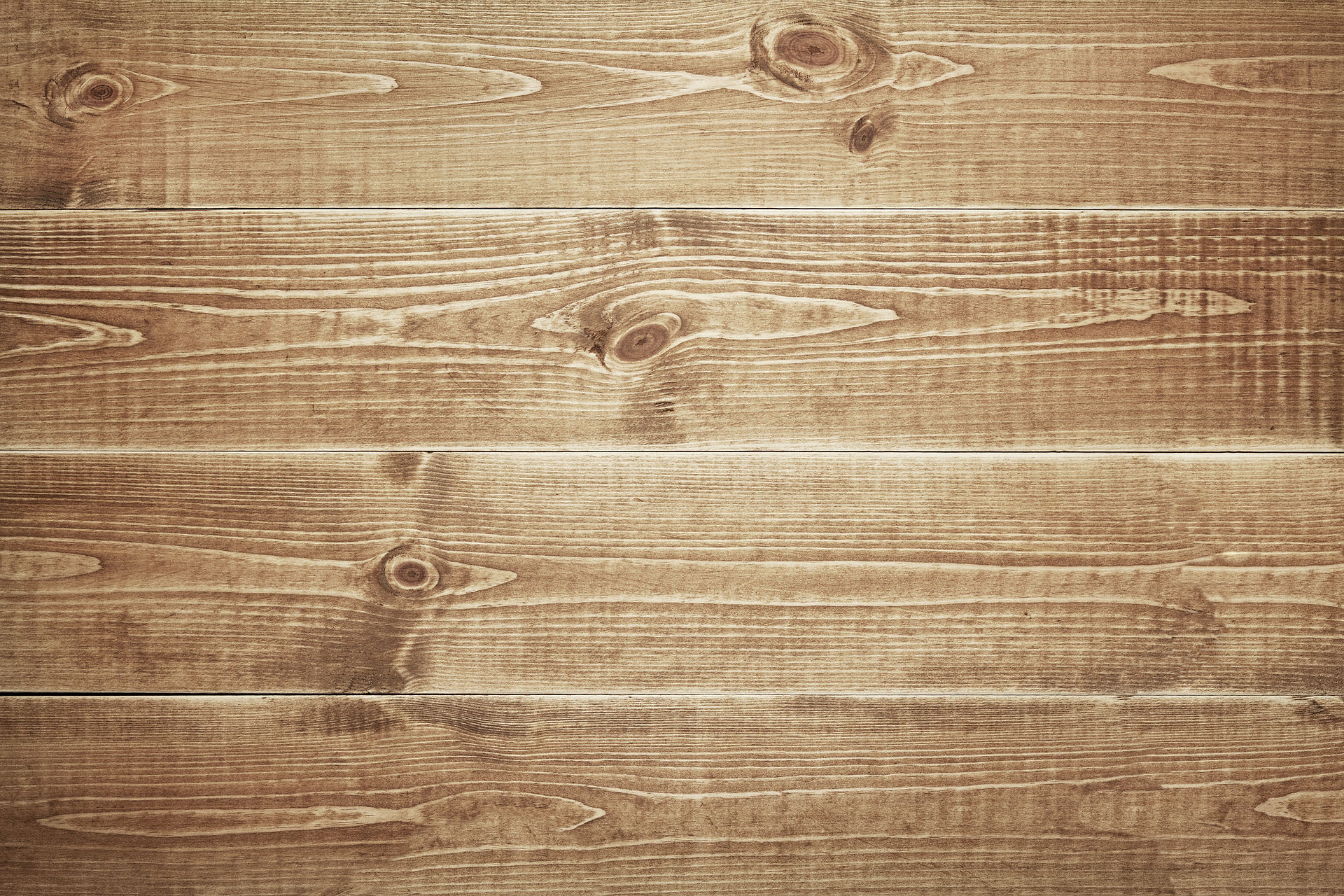Professional Siding Installation: What to Know
- TYRONE BLAKE

- Oct 7
- 4 min read
Siding is more than just the outer shell of a building. It protects your property from weather, improves energy efficiency, and enhances curb appeal. Choosing the right siding and having it installed correctly is crucial. I want to share what I’ve learned about professional siding installation. This will help you make informed decisions whether you are upgrading your home or managing a commercial property.
Understanding Professional Siding Services
Professional siding services cover everything from selecting materials to the final installation. Experts assess your building’s needs, recommend suitable siding types, and ensure the installation meets industry standards. This process guarantees durability and a clean finish.
When you hire professionals, you get more than just labor. You gain access to their experience with different siding materials like vinyl, fiber cement, wood, and metal. They know how to handle each type to maximize its lifespan and appearance.
For example, fiber cement siding requires precise cutting and sealing to prevent moisture damage. Vinyl siding needs proper nailing and alignment to avoid warping. Professionals also prepare the surface correctly, which includes removing old siding, repairing damage, and installing weather barriers.
If you want reliable results, consider siding installation services from a trusted company. They use quality tools and follow safety protocols. This reduces the risk of mistakes that can lead to costly repairs later.

Choosing the Right Siding Material
Selecting the right siding material depends on several factors. These include climate, budget, maintenance, and aesthetic preferences. In the Pacific Northwest, weather resistance is a top priority due to frequent rain and humidity.
Vinyl siding is popular because it is affordable and low maintenance. It resists moisture well but can fade over time. Fiber cement siding is more durable and fire-resistant. It mimics wood but requires less upkeep. Wood siding offers a classic look but needs regular painting or staining to protect against rot and insects.
Metal siding, such as aluminum or steel, is strong and long-lasting. It handles harsh weather but can dent easily. Each material has pros and cons. I recommend discussing your options with a siding professional who understands local conditions.
Consider the style of your building too. Some materials suit modern designs, while others fit traditional homes better. Color choices and textures also affect the final look. Professionals can provide samples and visualizations to help you decide.
Will Lowes install siding?
Many homeowners ask if big-box stores like Lowes offer siding installation. The answer is yes, Lowes does provide siding installation services. They partner with local contractors to handle the work. This can be convenient if you buy your siding materials from them.
However, there are some points to consider. Lowes contractors may not specialize in siding for the Pacific Northwest climate. Their experience might be more general. This can affect the quality and longevity of the installation.
If you want a tailored approach, working with a local siding company is often better. Local experts understand regional weather patterns and building codes. They can recommend materials and techniques that suit your specific needs.
Also, local companies usually offer more personalized customer service. They can respond quickly to questions or issues during and after installation. This level of care is important for a project as significant as siding replacement.

The Installation Process Step-by-Step
Professional siding installation follows a clear process. Knowing the steps helps you understand what to expect and how to prepare.
Inspection and Measurement
The installer inspects your building’s exterior. They measure walls and note any damage or irregularities. This ensures accurate material ordering.
Preparation
Old siding is removed if necessary. The surface is cleaned and repaired. Weather barriers like house wrap are installed to prevent moisture infiltration.
Material Cutting and Layout
Siding panels or boards are cut to fit. Installers plan the layout to minimize waste and ensure a neat appearance.
Installation
Siding is attached using nails or screws. Professionals maintain proper spacing and alignment. They seal joints and edges to keep water out.
Trimming and Finishing
Trim pieces are added around windows, doors, and corners. The installer checks for gaps and applies caulk where needed.
Cleanup and Inspection
The site is cleaned. The installer inspects the work to confirm quality and durability.
Following these steps carefully results in siding that looks great and performs well for years.
Maintenance Tips for Long-Lasting Siding
Proper maintenance extends the life of your siding. Here are some practical tips:
Regular Cleaning: Wash siding annually with a garden hose or pressure washer on a low setting. Use mild detergent for stubborn stains.
Inspect for Damage: Check for cracks, warping, or loose panels. Address issues promptly to prevent water damage.
Trim Vegetation: Keep bushes and trees trimmed away from siding to avoid scratches and moisture buildup.
Repaint or Restain: For wood siding, repaint or restain every few years to protect against weathering.
Check Seals: Inspect caulking around windows and doors. Replace if cracked or missing.
Routine care saves money by avoiding major repairs. It also keeps your building looking fresh and well-maintained.

Why Choose Local Experts for Siding Installation?
Local siding contractors bring valuable advantages. They understand the Pacific Northwest’s unique climate challenges. This knowledge influences material choice and installation techniques.
Local companies often have strong reputations in the community. They rely on positive reviews and referrals. This motivates them to deliver excellent craftsmanship and customer service.
Additionally, local experts can provide faster response times for estimates, scheduling, and follow-up. They are familiar with local building codes and permit requirements, ensuring your project complies with regulations.
Choosing a local company also supports the regional economy. It helps create jobs and sustain businesses in your area.
If you want siding that lasts and looks great, working with a local professional is a smart investment.
Siding installation is a significant project that impacts your building’s protection and appearance. By understanding the process, choosing the right materials, and hiring skilled professionals, you ensure a successful outcome. Whether you consider big-box store options or local experts, prioritize quality and experience. For reliable and expert siding installation services, trust companies that specialize in your region’s needs. This approach guarantees siding that stands up to the Pacific Northwest weather and enhances your property for years to come.




Comments